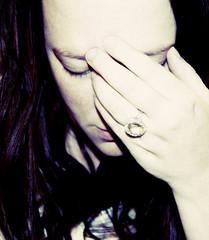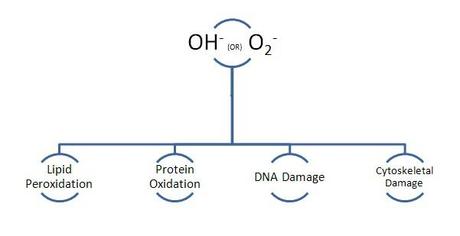 In this fast-paced lifestyle, almost everything leads to Stress. The workingman is under severe stress, so is the student and the homemaker too. No one is spared from stress or maybe we open up ourselves to stress. Irrespective of all that, it is the base of almost every lifestyle disease; Diabetes, Thyroid storm, Heart Diseases, Renal Diseases just to name a few! We definitely don’t want to risk ourselves to these deadly disorders and thus stress must be curbed and prevented in the initial stages itself.
In this fast-paced lifestyle, almost everything leads to Stress. The workingman is under severe stress, so is the student and the homemaker too. No one is spared from stress or maybe we open up ourselves to stress. Irrespective of all that, it is the base of almost every lifestyle disease; Diabetes, Thyroid storm, Heart Diseases, Renal Diseases just to name a few! We definitely don’t want to risk ourselves to these deadly disorders and thus stress must be curbed and prevented in the initial stages itself.To do so, Understanding how stress is caused is very important. Yes, it’s all science, but if you know it, you would be able to differentiate between stress and other mental disorders like anxiety, panic attacks etc. which are much more hazardous than stress. Nevertheless, it’s a bit complex and involves a lot of ionic and cellular science.
In layman’s terms, Stress is caused if there are too many free radicals in the body, particularly in the mind. Free radicals are those which carry an electron or negative charge or sometimes positive charge too in the loss of an electron. They are highly unstable and have to be paired to become stable. This is the main basis for understanding stress.
Free radicals can be of any nature, but in the body, they are usually derivatives of Oxygen. The most hazardous oxygen free radical is Superoxide ion, represented as O2- . These ions are usually formed within the cell and thus affect the contents of the cell. Another potent oxygen free radical is the hydroxyl ion, represented as OH-.

The Various Oxygen Free-Radicals
These free radicals have to be disposed immediately or else destroyed which is what drugs usually do. If not disposed or destroyed, they bind to all molecules of the cell thus called as Oxidative Stress. Free radicals then produce the following damage.

Lipid Peroxidation
The oxygen free radicals mainly affect the Polyunsaturated Fatty Acids, abbreviated as PUFA. They pair with the PUFAs of the cell membrane to form highly destructive PUFA radicals. This is called Lipid Peroxidation. They can be decomposed by transition metals like Iron. This process usually propagates and thus causes widespread membrane damage and thus cell death.
Protein Oxidation
They cause oxidation of the protein macromolecules and also form cross-linkages between susceptible amino acids. They may also cause fragmentation of polypeptides directly. Ultimately it leads to the destruction of cytosolic nuclear enzymes and thus cell death.
DNA Damage
The free radicals particularly affect the single stranded DNAs of both the nucleus and mitochondria. This results in cell death. Another disadvantage is it may also cause malignant transformation of the cells.
Cytoskeletal Damage
They also interact with the cytoskeletal elements like microtubules and microfilaments. They can also interfere with the respiratory processes like mitochondrial aerobic phosphorylation, causing ATP depletion and thus cell death.
Free radical injury can also cause several other disorders too. However almost every disorder caused by free radical injury is accompanied by some sort of stress. Perhaps, any free radical cause Oxidative Stress but the magnitude differs with every ion.
Natural Stressbusters
Natural Stressbusters are usually antioxidants. They may be either exogenous or endogenous and prevent our body and mind from succumbing to stress very easily. They inactivate the free radicals by pairing with them. Some of the natural antioxidants or Stressbusters are,
- Vitamins E (Tocopherol), A and C (Ascorbic Acid).
- Sulfhydryl containing compounds – Cysteine and Glutathione.
- Serum Proteins – Ceruloplasmin and Transferrin.

